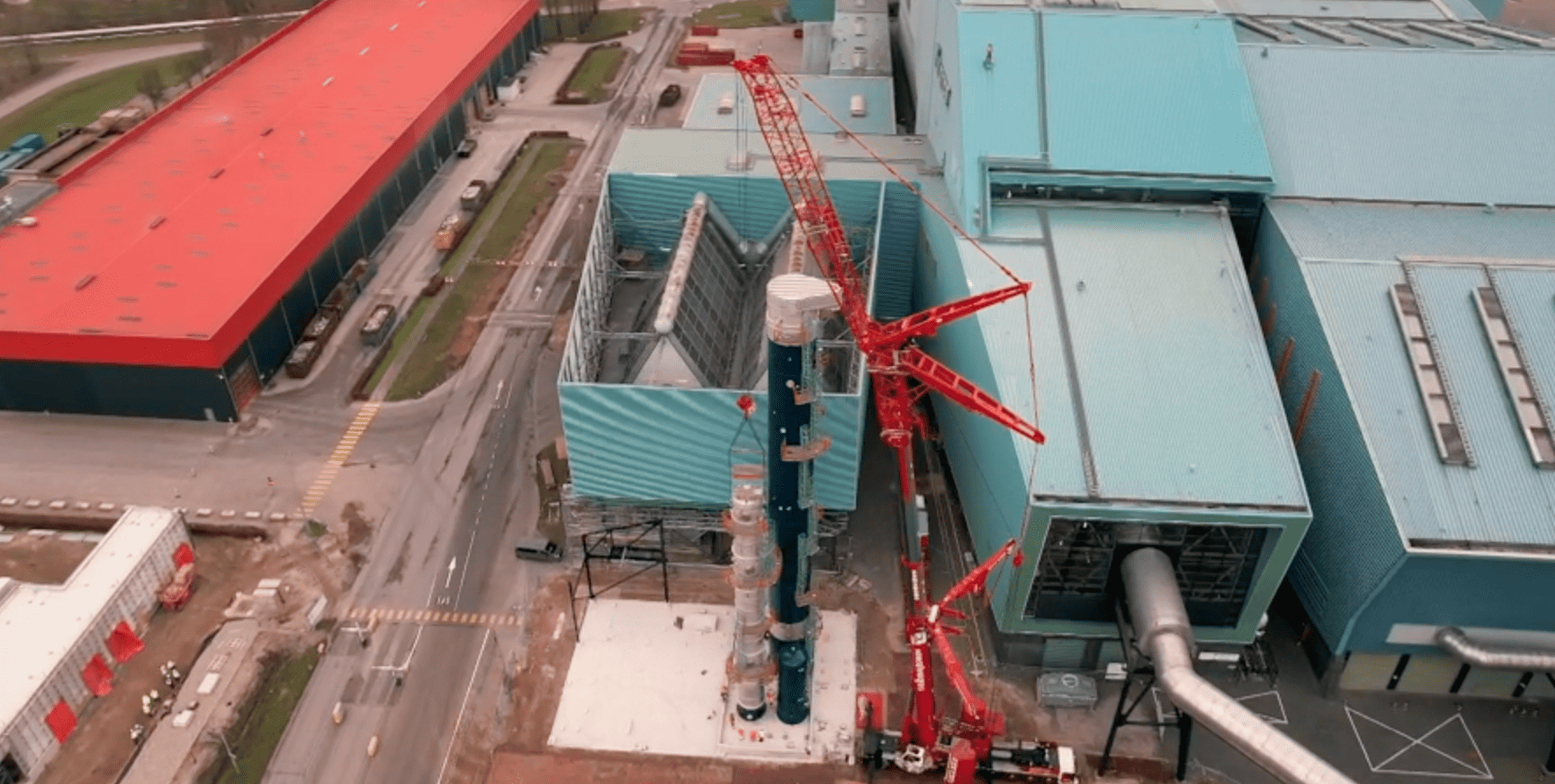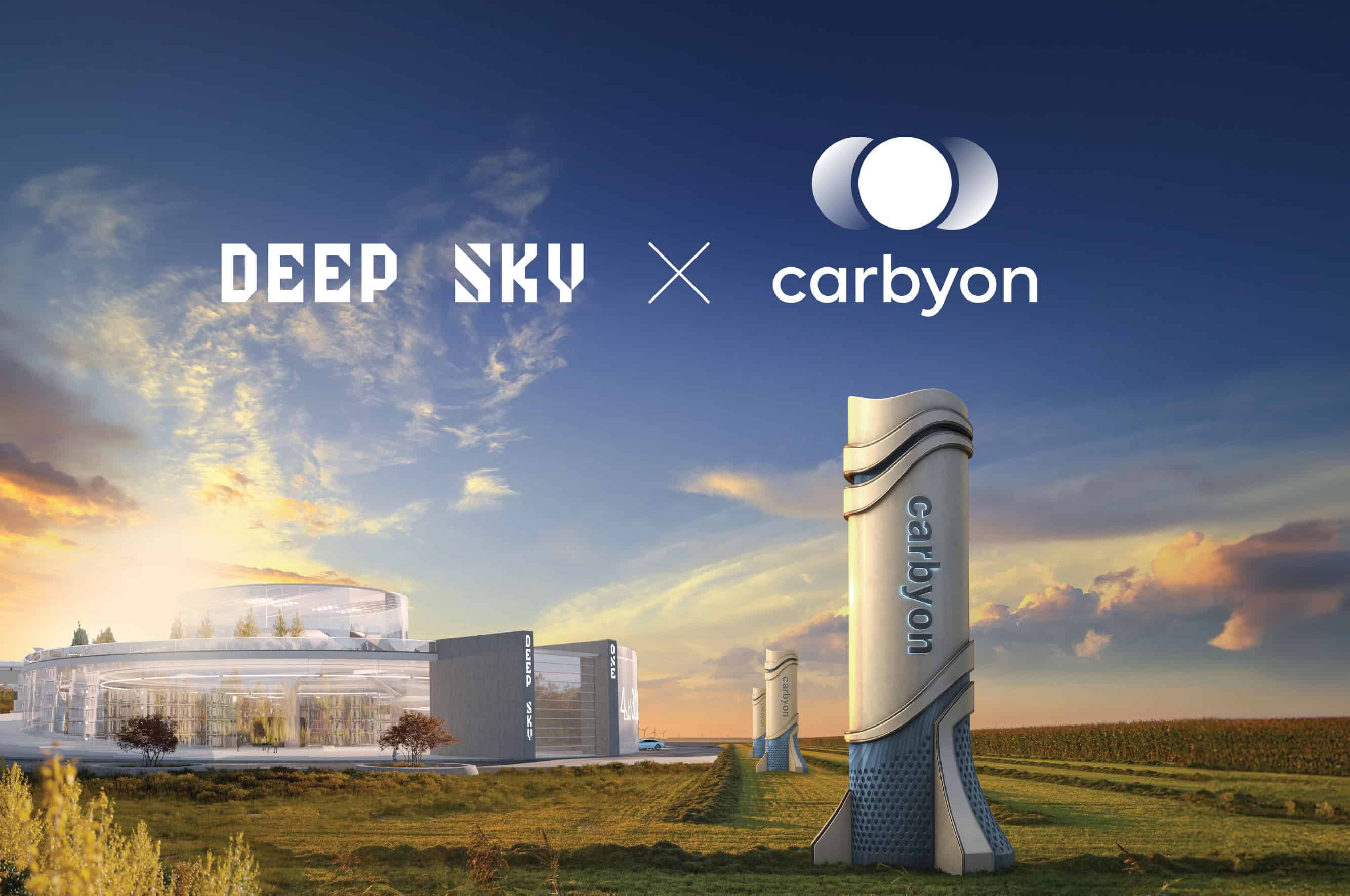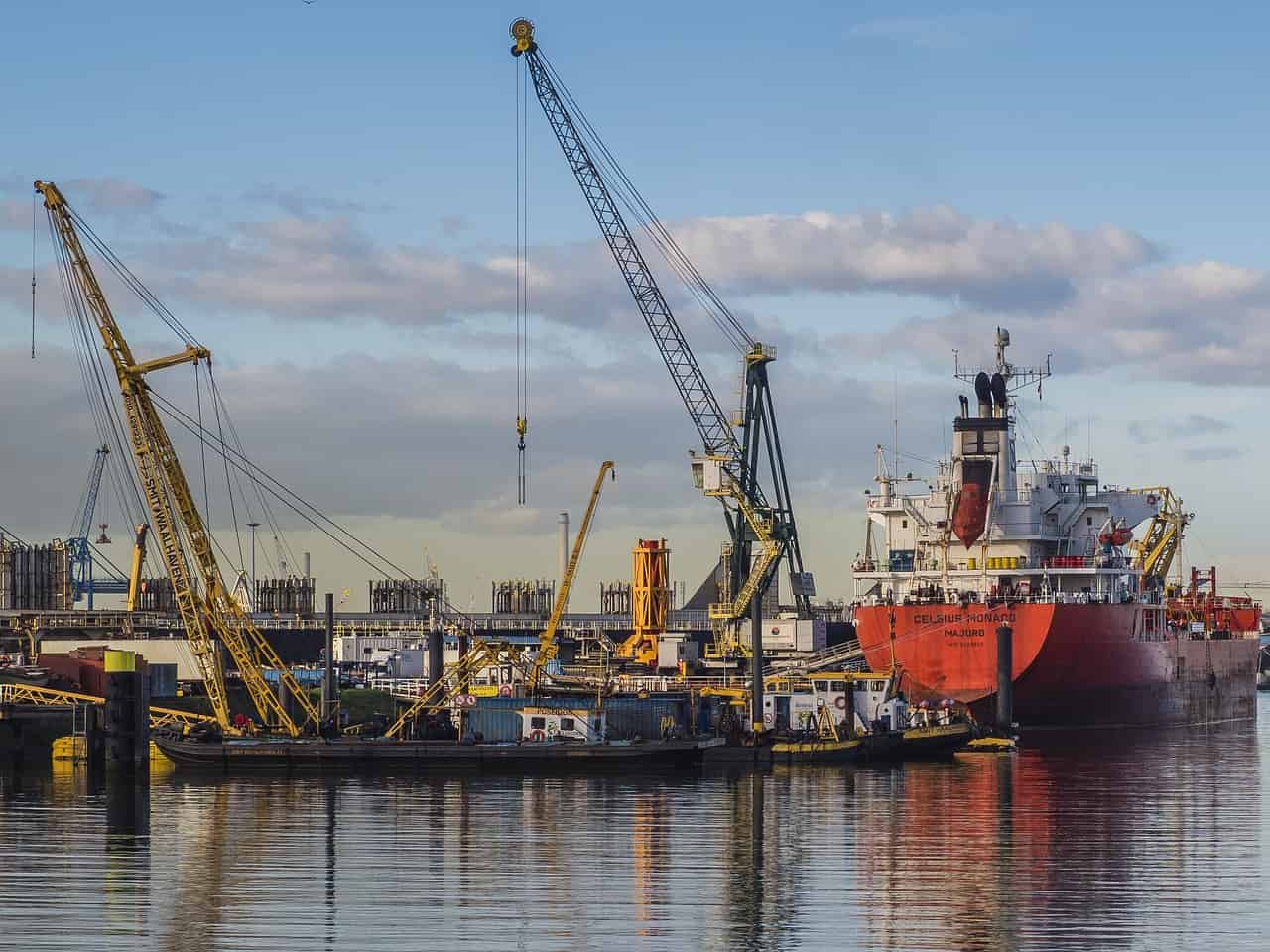
Direct Air Capture (DAC) technologies extract CO2 directly from the atmosphere and store it in deep geological formations. These technologies are under development worldwide, with an eye toward large-scale implementation. In the Netherlands, the Council of State approved the Porthos project today: a huge project for CO2 storage in the Port of Rotterdam, which is seen as crucial to achieving climate goals.
- Direct Air Capture (DAC) technologies are being developed to extract CO2 from the atmosphere and store it in deep geological formations;
- In the Netherlands, the Council of State approved the Porthos project today: a mega project for CO2 storage in the Port of Rotterdam.
- While CO2 capture and storage hold great promise in the fight against climate change, they have yet to be brought to the scale needed for full sector coverage, such as air and shipping.
CO2 capture and storage: how does it work?
CO2 capture and storage, or CCS (Carbon Capture and Storage), is a technology used in fossil fuel power generation and industry. The technology works by capturing CO2 at its source, transporting it, and then storing it in deep geological formations. Capture can occur before or after combustion, and both methods have their advantages and disadvantages.
One such project is the Porthos project in Rotterdam. This project is seen as crucial to achieving climate goals. Shell and ExxonMobil want to build a pipeline under the port area to capture CO2 and store it under the North Sea.
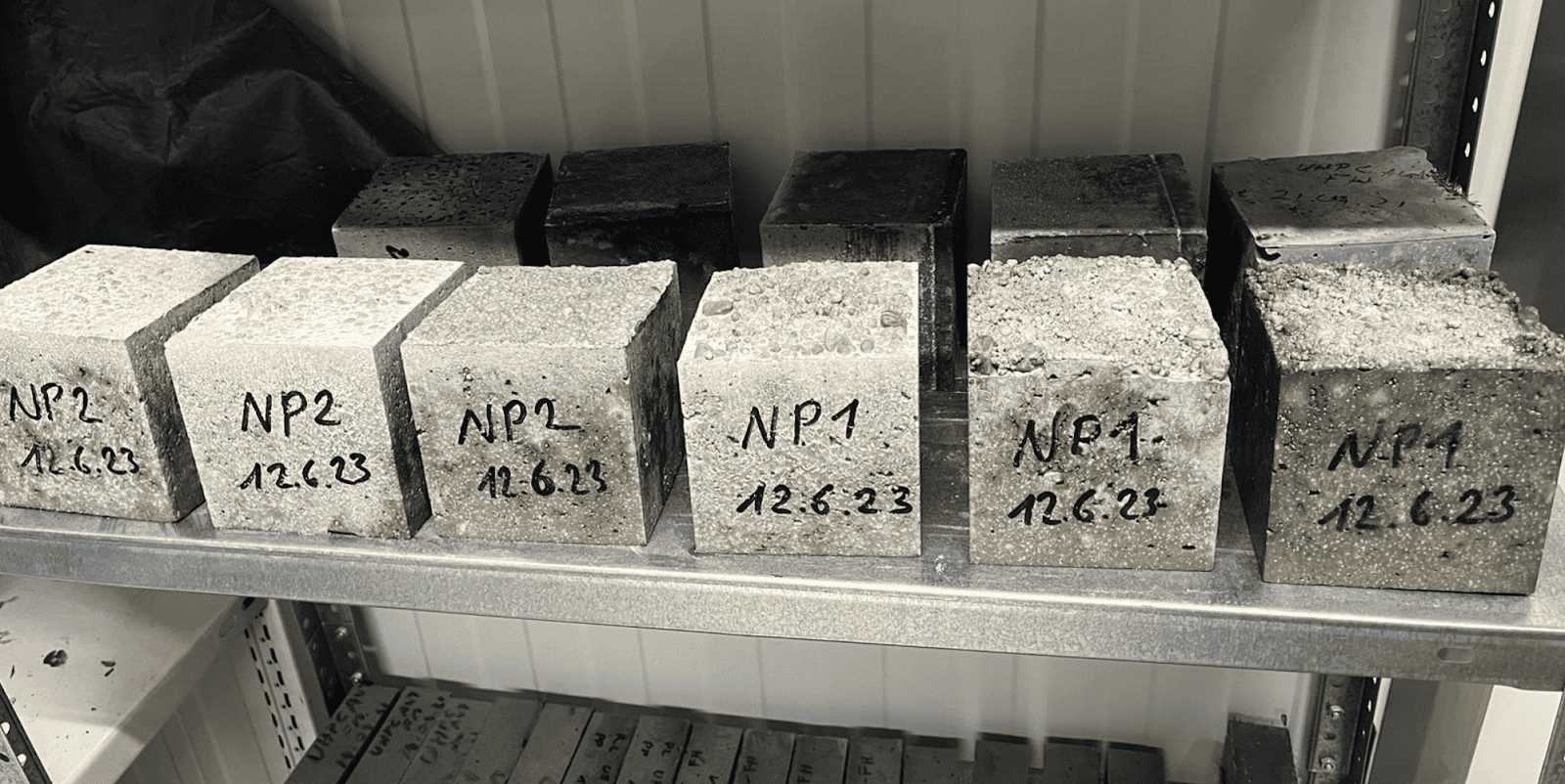
Direct Air Capture: extracting CO2 from the air
Another technology for CO2 capture is Direct Air Capture (DAC) technology. Unlike CCS, which generally takes place at the source of emissions, DAC technologies can capture CO2 directly from the atmosphere at any location. According to IEA figures, at least 130 DAC facilities are currently in various stages of development. If they all go ahead (even if they are only in the concept stage), DAC deployment would reach the level needed by 2030 under the NZE (Net Zero Emissions by 2050) scenario, or about 75 MtCO2/year.
The Swiss company Climeworks is currently building its second DAC plant in Iceland, called Mammoth. The plant is designed with a capture capacity of 36,000 tons of CO2 per year and is expected to be operational in two years. Climeworks’ technology uses modular CO2 collectors that can be stacked to create plants of any size. Climeworks’ ultimate goal is to reach a gigaton of CO2 capture capacity by 2050.
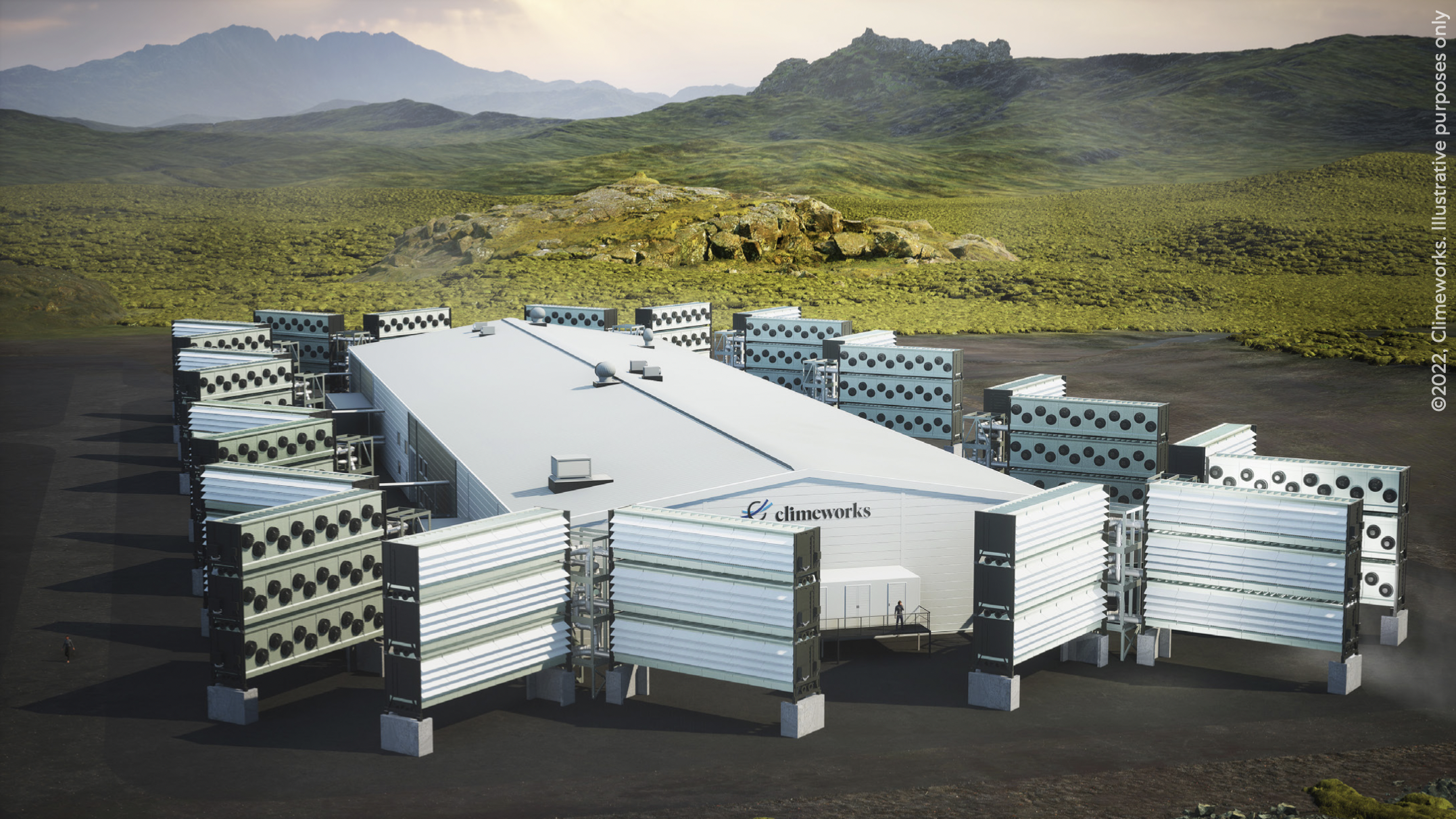
CO2 capture and re-use
In addition to CO2 capture and storage, there is also increasing interest in reusing CO2 as a feedstock in industries, also known as Carbon Capture and Utilization (CCU). The captured CO2 can be used, for example, to produce renewable fuels and materials.
However, there are also criticisms of CCS and CCU. Objections include long-term storage of waste, dependence on fossil industries, and concerns about safety and lock-in risks. Nonetheless, CCS and CCU could be an important part of a future energy system with net negative emissions.
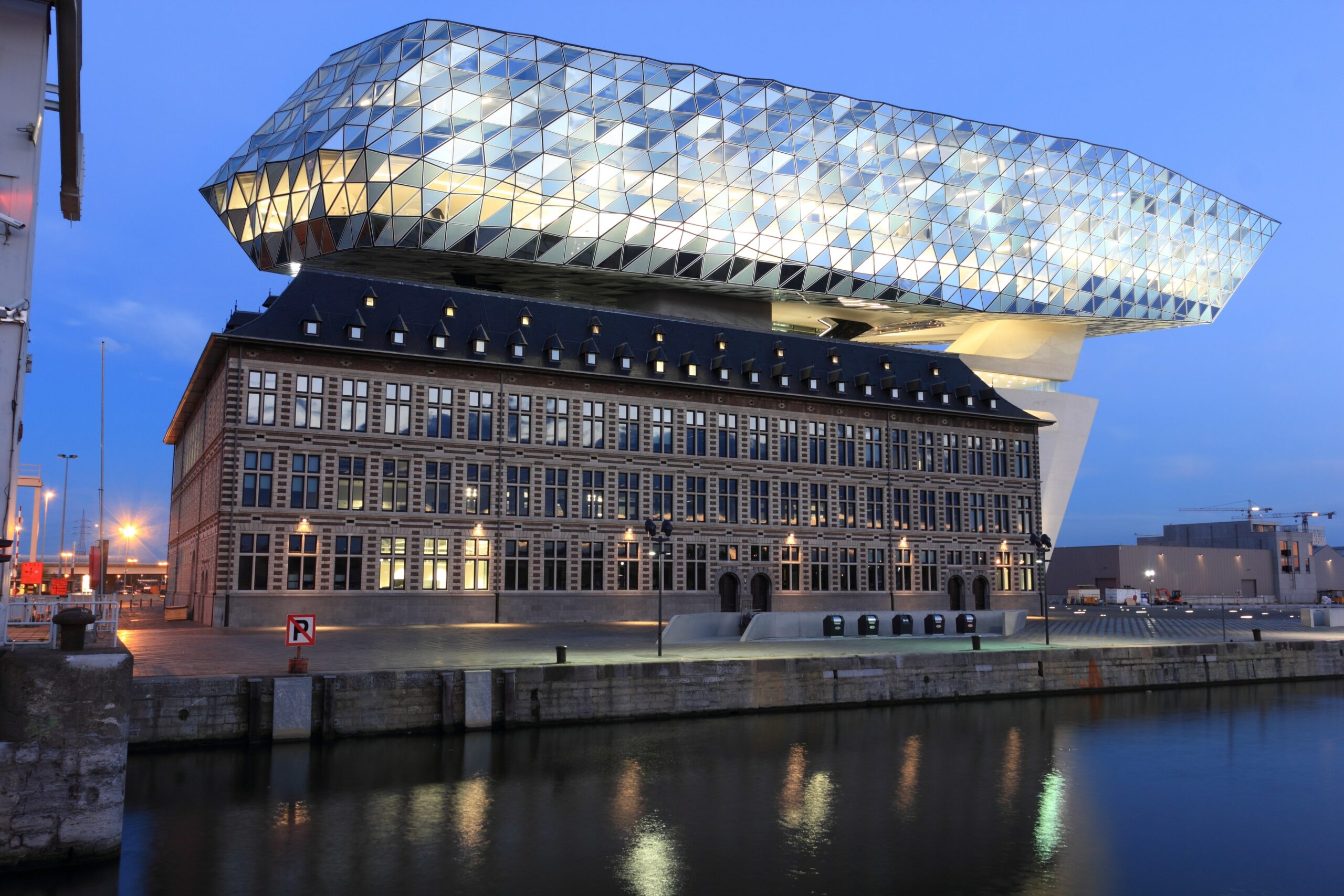
The way forward
While CO2 capture and storage technologies are an important step in reducing climate change, there is still a long way to go. Technology has not yet been implemented at the scale needed to cover sectors such as the aviation and shipping industries. Further development and scale-up of these technologies will be essential to meet the ambitious climate goals.





